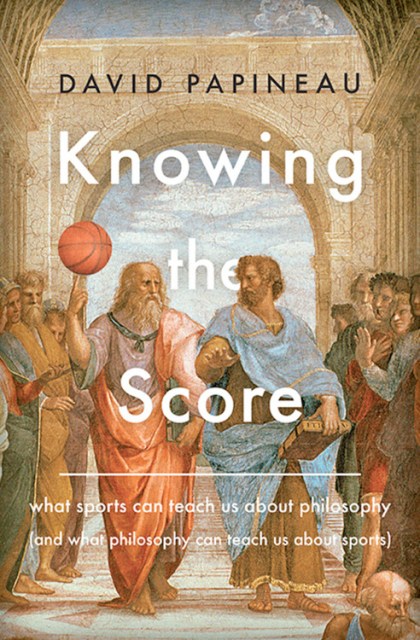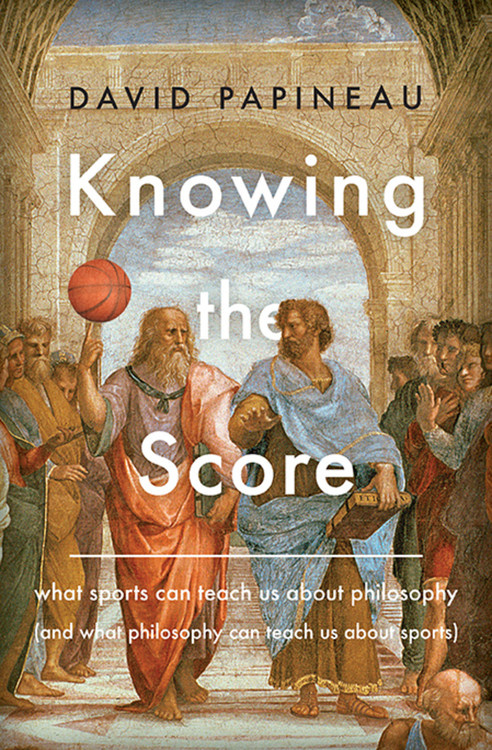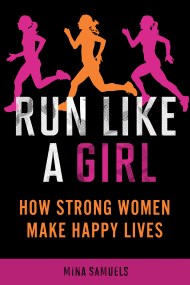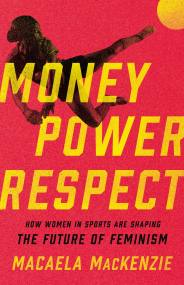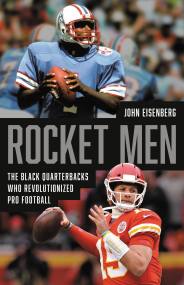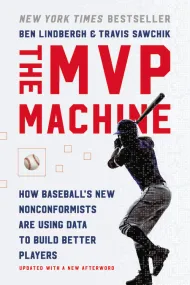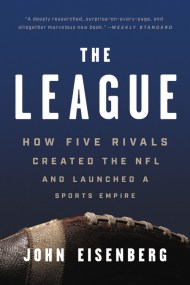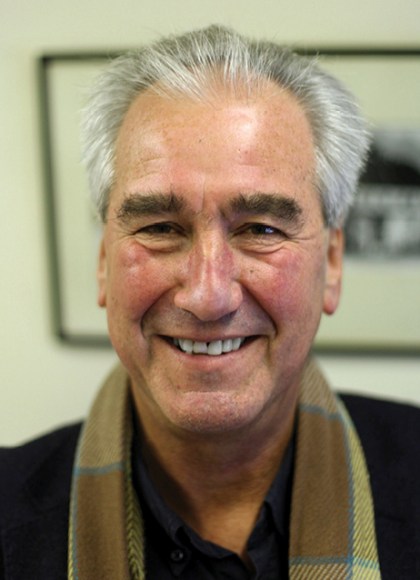Promotion
Use code MOM24 for 20% off site wide + free shipping over $45
Knowing the Score
What Sports Can Teach Us About Philosophy (And What Philosophy Can Teach Us About Sports)
Contributors
Formats and Prices
Price
$27.00Price
$35.00 CADFormat
Format:
- Hardcover $27.00 $35.00 CAD
- ebook $14.99 $19.99 CAD
- Audiobook Download (Unabridged)
This item is a preorder. Your payment method will be charged immediately, and the product is expected to ship on or around May 2, 2017. This date is subject to change due to shipping delays beyond our control.
Also available from:
An entertaining and erudite book that ranges far and wide through the sporting world, Knowing the Score is perfect reading for armchair philosophers and Monday morning quarterbacks alike.
Genre:
- On Sale
- May 2, 2017
- Page Count
- 304 pages
- Publisher
- Basic Books
- ISBN-13
- 9780465049684
Newsletter Signup
By clicking ‘Sign Up,’ I acknowledge that I have read and agree to Hachette Book Group’s Privacy Policy and Terms of Use
